India, often referred to as the “Cashew Capital of the World,” has emerged as a key player in the global cashew market. With its abundant natural resources, favorable agro-climatic conditions, strong processing capabilities, and rising domestic and international demand, the cashew industry in India has witnessed significant growth in recent years. This summary aims to provide an overview of the cashew market size in India, highlighting key trends, challenges, and opportunities that shape this thriving industry. Market Size and Growth: The Indian cashew market has experienced remarkable growth over the past decade. According to reports, India produced around 8.59 lakh metric tons (MT) of cashews in 2019-2020, making it the largest producer of cashews globally. The market is expected to continue expanding at a compound annual growth rate (CAGR) of 5.1% between 2020 and 2027. Factors Driving Market Growth: 1. Increasing Domestic Consumption: The rising disposable income, changing consumer preferences towards healthier snacking options, and growing awareness of the nutritional value of cashews have fueled the domestic consumption of cashews in India. The demand for cashews as standalone snacks, confectionery ingredients, and nut pastes has soared, contributing to the overall market growth. 2. Growing Export Demand: India is one of the leading exporters of cashews globally, catering to a broad international market. Factors such as competitive pricing, high-quality production, and diverse product offerings have made Indian cashews popular across the world. The United States, Europe, the Middle East, and Southeast Asia are the major destinations for Indian cashew exports. 3. Government Initiatives: The Indian government has been actively promoting the cashew industry through various initiatives, including subsidies, financial support, quality improvement programs, and capacity building. These measures aim to enhance infrastructure, modernize processing units, promote research and development, and boost exports, thereby driving market growth. Challenges Hindering Market Growth: 1. Supply Chain Constraints: The cashew industry faces challenges related to the supply chain, including the availability and sourcing of raw cashew nuts (RCN). India heavily relies on imports to meet its domestic demand for RCN, primarily from West African countries such as Ivory Coast, Ghana, and Nigeria. Increases in RCN prices, variations in quality, and stringent import policies can impact the overall supply chain and production costs. 2. Lack of Adequate Processing Infrastructure: Despite being the largest producer globally, the Indian cashew industry faces a shortage of modern processing units and outdated machinery. Upgrading and expanding processing facilities is vital to enhance productivity, reduce processing losses, and maintain high-quality standards, which remain significant challenges for market growth.
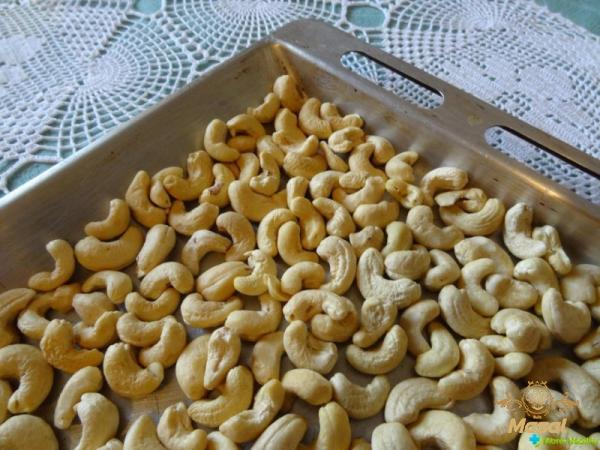
nut
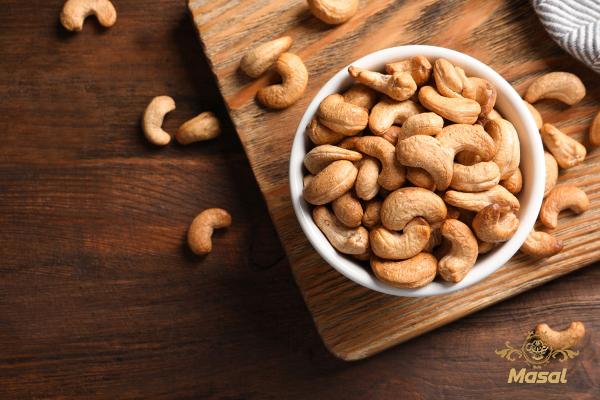 3. Climatic Conditions and Crop Yields: Fluctuations in weather patterns, frequent cyclones, and increasing temperatures have a direct impact on cashew crop yields in India. Climate change poses a significant threat to cashew cultivation, affecting the availability and quality of raw cashews and potentially hampering market growth. Opportunities for Market Players: 1. Value Addition: Players in the Indian cashew industry can focus on value addition by introducing innovative cashew-based products such as flavored cashews, cashew butter, and cashew milk. Expanding product portfolios and diversifying into segments like the bakery, confectionery, and health food industries can increase revenue streams and attract a broader consumer base. 2. Technological Advancements: Embracing technology and adopting advanced processing techniques can revolutionize the Indian cashew industry. Implementation of automated grading and sorting systems, mechanized shelling and peeling, and efficient machinery for better cashew processing can optimize productivity, minimize processing losses, and improve quality consistency, paving the way for market expansion. 3. International Market Penetration: With its reputation as a cashew-exporting nation, India can further strengthen its presence in the global market by exploring new geographies and targeting emerging markets. Developing strategic partnerships, participating in international trade shows, and complying with stringent quality and safety standards can provide valuable opportunities for players in the Indian cashew market to expand their customer base. Conclusion: The cashew market size in India is witnessing substantial growth, driven by increasing domestic consumption and strong demand for Indian cashews in global markets. However, challenges such as supply chain constraints, inadequate processing infrastructure, and climate change impacts persist. Market players can capitalize on opportunities by focusing on value addition, embracing technological advancements, and expanding their international market presence. As India’s cashew industry continues to evolve, strategic investments and collaborative efforts across the value chain will be crucial in sustaining its growth trajectory. Cashew Market Size in India: An Overview of the Growing Industry I. Introduction The cashew industry in India has been rapidly growing, positioning the country as the “Cashew Capital of the World.” This article delves deeper into the cashew market size in India, highlighting the key factors driving market growth, challenges hindering progress, and the various opportunities that market players can leverage for successful business expansion. II. Market Size and Growth The Indian cashew market has witnessed remarkable growth over the past decade. In the year 2019-2020, India produced a staggering 8.59 lakh metric tons (MT) of cashews, making it the largest global producer. The market is projected to continue expanding at a compound annual growth rate (CAGR) of 5.1% between 2020 and 2027.
3. Climatic Conditions and Crop Yields: Fluctuations in weather patterns, frequent cyclones, and increasing temperatures have a direct impact on cashew crop yields in India. Climate change poses a significant threat to cashew cultivation, affecting the availability and quality of raw cashews and potentially hampering market growth. Opportunities for Market Players: 1. Value Addition: Players in the Indian cashew industry can focus on value addition by introducing innovative cashew-based products such as flavored cashews, cashew butter, and cashew milk. Expanding product portfolios and diversifying into segments like the bakery, confectionery, and health food industries can increase revenue streams and attract a broader consumer base. 2. Technological Advancements: Embracing technology and adopting advanced processing techniques can revolutionize the Indian cashew industry. Implementation of automated grading and sorting systems, mechanized shelling and peeling, and efficient machinery for better cashew processing can optimize productivity, minimize processing losses, and improve quality consistency, paving the way for market expansion. 3. International Market Penetration: With its reputation as a cashew-exporting nation, India can further strengthen its presence in the global market by exploring new geographies and targeting emerging markets. Developing strategic partnerships, participating in international trade shows, and complying with stringent quality and safety standards can provide valuable opportunities for players in the Indian cashew market to expand their customer base. Conclusion: The cashew market size in India is witnessing substantial growth, driven by increasing domestic consumption and strong demand for Indian cashews in global markets. However, challenges such as supply chain constraints, inadequate processing infrastructure, and climate change impacts persist. Market players can capitalize on opportunities by focusing on value addition, embracing technological advancements, and expanding their international market presence. As India’s cashew industry continues to evolve, strategic investments and collaborative efforts across the value chain will be crucial in sustaining its growth trajectory. Cashew Market Size in India: An Overview of the Growing Industry I. Introduction The cashew industry in India has been rapidly growing, positioning the country as the “Cashew Capital of the World.” This article delves deeper into the cashew market size in India, highlighting the key factors driving market growth, challenges hindering progress, and the various opportunities that market players can leverage for successful business expansion. II. Market Size and Growth The Indian cashew market has witnessed remarkable growth over the past decade. In the year 2019-2020, India produced a staggering 8.59 lakh metric tons (MT) of cashews, making it the largest global producer. The market is projected to continue expanding at a compound annual growth rate (CAGR) of 5.1% between 2020 and 2027.
Specifications of nut
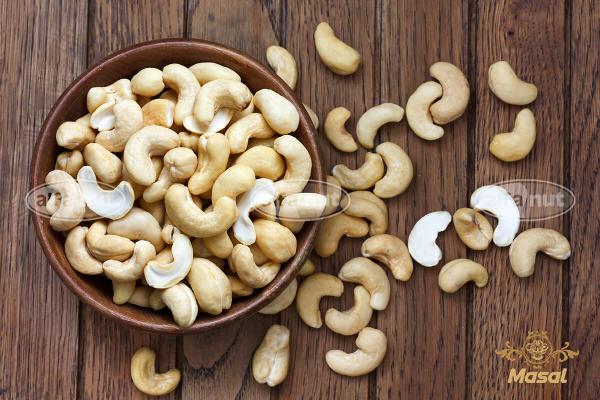 III. Factors Driving Market Growth 1. Increasing Domestic Consumption India’s rising disposable income and changing consumer preferences have led to an upsurge in domestic cashew consumption. Cashews are increasingly considered a healthy snacking option, driving their popularity as standalone snacks, confectionery ingredients, and nut pastes. This growing awareness of the nutritional value of cashews has contributed significantly to the overall market growth. 2. Growing Export Demand India, as a leading exporter of cashews, has gained popularity globally due to factors such as competitive pricing, high-quality production, and a wide range of product offerings. Major destinations for Indian cashew exports include the United States, Europe, the Middle East, and Southeast Asia. The country’s ability to cater to a diverse international market has fueled the growth in export demand. 3. Government Initiatives The Indian government has been proactively supporting the cashew industry through various initiatives. These initiatives include subsidies, financial support, quality improvement programs, and capacity building measures. The focus is on enhancing infrastructure, modernizing processing units, promoting research and development, and boosting exports. These government-backed efforts have played a pivotal role in driving market growth. IV. Challenges Hindering Market Growth 1. Supply Chain Constraints The cashew industry in India faces challenges related to the supply chain, primarily in the availability and sourcing of raw cashew nuts (RCN). The country heavily relies on imports to meet its domestic RCN demand, with West African countries like Ivory Coast, Ghana, and Nigeria being the primary suppliers. Variations in RCN prices, quality fluctuations, and stringent import policies can impact the supply chain and increase production costs. 2. Lack of Adequate Processing Infrastructure Despite being the largest global cashew producer, India grapples with a shortage of modern processing units and outdated machinery. The lack of investment in processing facilities leads to inefficiencies, low productivity, and quality inconsistencies. Upgrading and expanding processing infrastructure remain significant challenges for the Indian cashew industry.
III. Factors Driving Market Growth 1. Increasing Domestic Consumption India’s rising disposable income and changing consumer preferences have led to an upsurge in domestic cashew consumption. Cashews are increasingly considered a healthy snacking option, driving their popularity as standalone snacks, confectionery ingredients, and nut pastes. This growing awareness of the nutritional value of cashews has contributed significantly to the overall market growth. 2. Growing Export Demand India, as a leading exporter of cashews, has gained popularity globally due to factors such as competitive pricing, high-quality production, and a wide range of product offerings. Major destinations for Indian cashew exports include the United States, Europe, the Middle East, and Southeast Asia. The country’s ability to cater to a diverse international market has fueled the growth in export demand. 3. Government Initiatives The Indian government has been proactively supporting the cashew industry through various initiatives. These initiatives include subsidies, financial support, quality improvement programs, and capacity building measures. The focus is on enhancing infrastructure, modernizing processing units, promoting research and development, and boosting exports. These government-backed efforts have played a pivotal role in driving market growth. IV. Challenges Hindering Market Growth 1. Supply Chain Constraints The cashew industry in India faces challenges related to the supply chain, primarily in the availability and sourcing of raw cashew nuts (RCN). The country heavily relies on imports to meet its domestic RCN demand, with West African countries like Ivory Coast, Ghana, and Nigeria being the primary suppliers. Variations in RCN prices, quality fluctuations, and stringent import policies can impact the supply chain and increase production costs. 2. Lack of Adequate Processing Infrastructure Despite being the largest global cashew producer, India grapples with a shortage of modern processing units and outdated machinery. The lack of investment in processing facilities leads to inefficiencies, low productivity, and quality inconsistencies. Upgrading and expanding processing infrastructure remain significant challenges for the Indian cashew industry.
buy nut
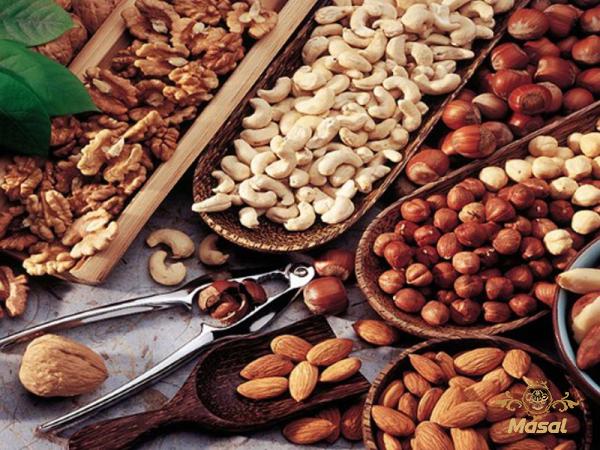 3. Climatic Conditions and Crop Yields Fluctuations in weather patterns, frequent cyclones, and increasing temperatures pose direct threats to cashew crop yields in India. Climate change impacts have significant consequences on the availability and quality of raw cashews, potentially hampering market growth. Mitigating these climate-related risks remains a crucial challenge for the industry. V. Opportunities for Market Players 1. Value Addition Market players in the Indian cashew industry can focus on value addition to differentiate their products. Innovations such as flavored cashews, cashew butter, and cashew milk can cater to the evolving consumer demands for healthy and tasty snacks. Diversifying into segments like the bakery, confectionery, and health food industries can open new revenue streams and attract a broader consumer base. 2. Technological Advancements Embracing technology and adopting advanced processing techniques can revolutionize the Indian cashew industry. Implementation of automated grading and sorting systems, mechanized shelling and peeling, and efficient machinery can optimize productivity, minimize processing losses, and improve quality consistency. Technological advancements present significant opportunities for market players to enhance operational efficiency and gain a competitive edge. 3. International Market Penetration With its reputation as a leading cashew exporter, India can strategically expand its market presence globally. Exploring new geographies and targeting emerging markets could provide substantial growth opportunities. Market players can develop strategic partnerships, participate in international trade shows, and comply with stringent quality and safety standards to tap into new customer bases and expand their export volumes. VI. Conclusion The cashew market size in India continues to grow, driven by increasing domestic consumption and strong export demand. Despite challenges related to the supply chain, processing infrastructure, and climate change impacts, market players can leverage opportunities by focusing on value addition, adopting technological advancements, and expanding their international market presence. Strategic investments and collaborative efforts across the cashew value chain will be vital to sustaining this industry’s growth trajectory in India.
3. Climatic Conditions and Crop Yields Fluctuations in weather patterns, frequent cyclones, and increasing temperatures pose direct threats to cashew crop yields in India. Climate change impacts have significant consequences on the availability and quality of raw cashews, potentially hampering market growth. Mitigating these climate-related risks remains a crucial challenge for the industry. V. Opportunities for Market Players 1. Value Addition Market players in the Indian cashew industry can focus on value addition to differentiate their products. Innovations such as flavored cashews, cashew butter, and cashew milk can cater to the evolving consumer demands for healthy and tasty snacks. Diversifying into segments like the bakery, confectionery, and health food industries can open new revenue streams and attract a broader consumer base. 2. Technological Advancements Embracing technology and adopting advanced processing techniques can revolutionize the Indian cashew industry. Implementation of automated grading and sorting systems, mechanized shelling and peeling, and efficient machinery can optimize productivity, minimize processing losses, and improve quality consistency. Technological advancements present significant opportunities for market players to enhance operational efficiency and gain a competitive edge. 3. International Market Penetration With its reputation as a leading cashew exporter, India can strategically expand its market presence globally. Exploring new geographies and targeting emerging markets could provide substantial growth opportunities. Market players can develop strategic partnerships, participate in international trade shows, and comply with stringent quality and safety standards to tap into new customer bases and expand their export volumes. VI. Conclusion The cashew market size in India continues to grow, driven by increasing domestic consumption and strong export demand. Despite challenges related to the supply chain, processing infrastructure, and climate change impacts, market players can leverage opportunities by focusing on value addition, adopting technological advancements, and expanding their international market presence. Strategic investments and collaborative efforts across the cashew value chain will be vital to sustaining this industry’s growth trajectory in India.






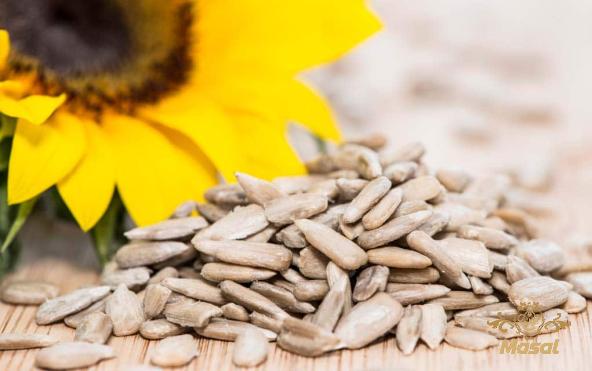
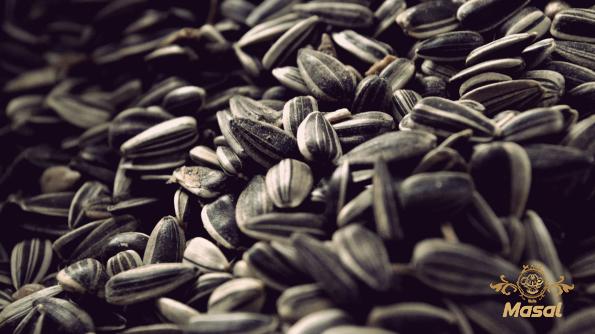


Your comment submitted.